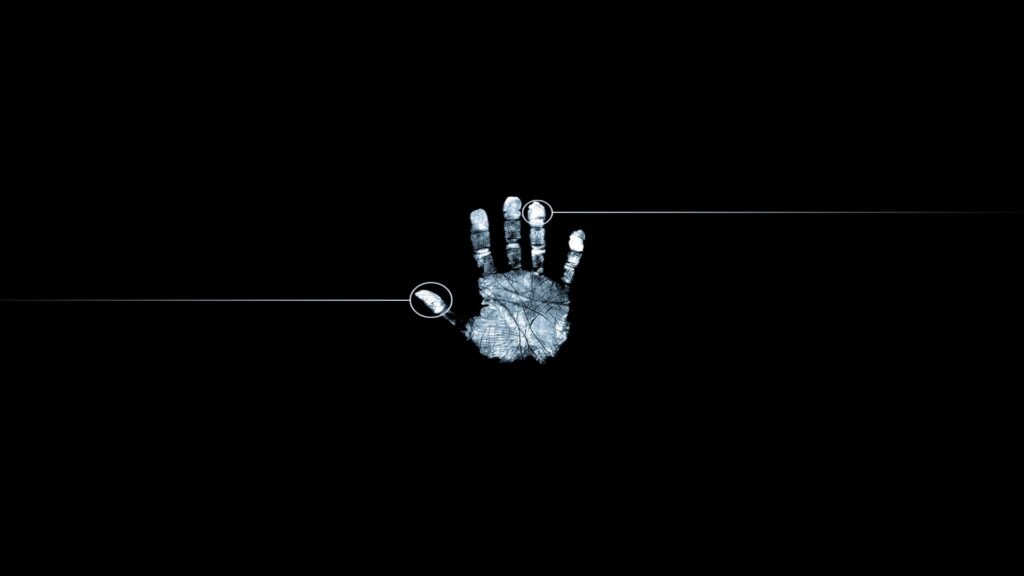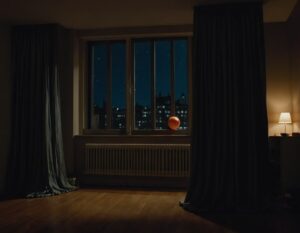TIPS AND TRICKS
"NOTHING" is an Offer

"NOTHING" is an Offer

What’s an offer?
The Improviser says, “Dr. Those pills you prescribed made me feel so much better!”
The offers are:
- the speaker is the patient,
- you are the Doctor,
- the patient has visited this Doctor before and
- the patient has had an issue that the good Doctor has been able to solve.
That’s a lot of information implied in ONE sentence.
Add to the script how the patient is dressed, how the office looks, etc. It can add the era of the scene, the social class, the city, town etc etc etc.
Few improvisers see the offers clearly, which leads to confusion and missed opportunities in scenes.
Refocus your awareness on the offers in rehearsal, by trying to do some scenes where you create NO OFFERS. None. No offers at all.
Make it a competition. As soon as an offer appears, stop the scene and get other improvisers to start another one. You’ll get good at seeing offers quickly. BUT, you won’t be able to play the game long because, EVERYTHING is an offer.
How you walk on stage is an offer. It speaks of your status, your age, your state of health, and more. If you don’t walk on stage, the space itself is an offer. An empty floor is a different offer than a space with ONE chair. If that chair is simple with paint scraped off of one leg, that space is different than the room with a throne, a business chair or beanbag chair.
OK… turn off the lights. Start a scene without lights. I promise you that in the dark “NOTHING-ness” there will be many offers as well because it’s impossible for there to be absolutely NOTHING.
In that dark space, the fan circulating air in the background implies an office or industrial room. It won’t feel like a forest or beach. A cough or a footstep tells you a lot.
Try your best to have NOTHING. Practice starting scenes based on that.
In this exercise remember DON’T CREATE an offer. Just make sense of what is already there. Respond to offers. Define the offers. Add to what the offer suggests.
Even in the silence, The darkness offers something.
“Jill the power is out. Where do we keep the candles?”
Nothing is created. Sense is made of what is already there and the audience is happy because you made something of what appeared to be Nothing. “The Darkness”.
As an improviser you have to get good at seeing, hearing, feeling, understanding that there are ALWAYS OFFERS even in “Nothing”.
Try this.
Narrate in the silence what the scene is before the lights come up. BUT DON’T CREATE ANYTHING. Make sense of what is possible. In your particular darkness based on all the other offers.
1AM. The living-room of an apartment in a quiet area of New-York. A man has been sitting silently for an hour with a gun on his lap waiting for Vigo Gotlieg to arrive home from the airport
Nothing is created. (Except the name of the man). 
- “1 AM” makes sense of the dark.
- The man sitting in the dark supports the dark feeling which implies danger and makes sense of why WE are staring at this room. We rarely look at places that have no importance.
- What about “Vigo” coming from the airport? Two images came to mind with someone coming home late to their apartment. The person is coming from a dancing/drinking club or arriving by taxi from an airport- both of which might support someone with money or worth assassinating. There’s no creating in the suggestion – only responding to the idea that is is growing from the offers in the previous definitions.
- Who is the man in the dark? (We have expectations that a waiting assassin is possible because of images we associate in stories that we’ve heard before).
This scenes could have as easily been narrated at the beginning with:
It is the middle of the night and two cats chase each other around the room, jumping on and off the sofa, waking up their owner in the bedroom.
With the cat definition, there’s nothing obvious about adding assassins so our scene moves in another direction but still obvious from the offer of darkness.
- What offers exist?
- What offers are created out of your easy definitions?
Add to your practice.
Lights out. Use a real object and add a sound. Start a scene.
A BALL BOUNCES –
Remember, you are in the dark. THAT “NOTHINGNESS” IS AN OFFER.
A father walks into the darkness and turns on a light. He calls out his son’s name (Making sense of the ball bouncing). “JAMES?”
 His wife walks in. (The ball isn’t there. It was bounced off stage.) She makes sense of the nothingness of the ball and says, “James is gone. You’ve been dreaming again. Come back to bed.” She takes his hand and walks back to their bedroom.
His wife walks in. (The ball isn’t there. It was bounced off stage.) She makes sense of the nothingness of the ball and says, “James is gone. You’ve been dreaming again. Come back to bed.” She takes his hand and walks back to their bedroom.
The darkness with a sound has quickly become something eerie and meaningful.
This can be part one of a longer story or it can be a game that continues for a simple 5 minute scene. (Lights out – and the ball bounces again… Do the offstage performers roll the ball onto stage? Is the sound a toy truck this time? Does the wife hear it as well.)
- OFFERS create possible realities.
- Improvisers define the reality they are most inspired by.
- Their definitions are offers that propel the scene forward.
- There is rarely any “creating” going on.
- Define and make sense. Add to the reality and follow the path of offers.




0 Comments